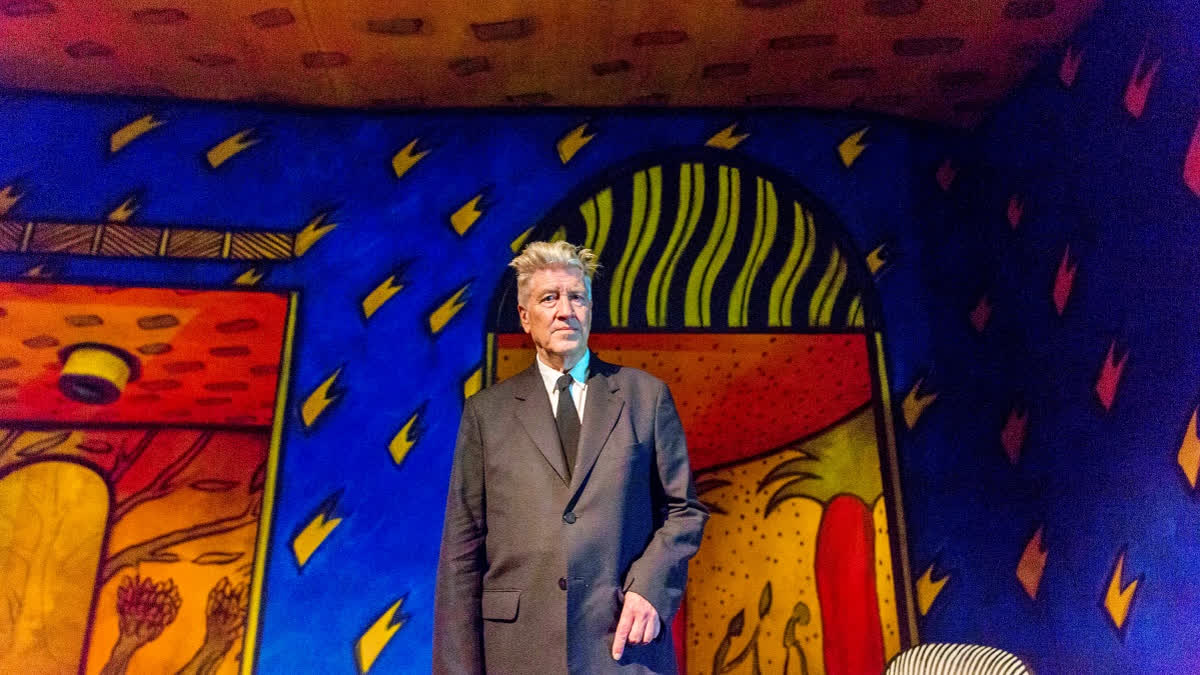David Lynch, the man who turned quirky weirdness into an art form and built an entire career out of making people simultaneously fascinated and uncomfortable, has left the world. It is a sad day for the arts. If you’re not familiar with Lynch’s work, imagine if a black-and-white dream, a bad diner cup of coffee and a screaming radiator had a love child. That’s the Lynchian experience in one sentence.
Whether he was explaining his love for black coffee or philosophizing about the cosmos in his distinct Midwestern drawl, Lynch had a way of making even the mundane seem profound. His look (white quiff, sharp suits and a face that always seemed on the brink of solving the world’s biggest mystery) was as iconic as his work.
Lynchian School of Surrealism
David Lynch built a metaphorical theme park for surrealism. His take on reality was to take it apart, twist it, and serve it back to us like a Rubik’s Cube missing a few squares. Whether it was Blue Velvet’s sinister small-town charm or Eraserhead’s haunting industrial dystopia, his work explored the oddball side of reality. Cult series Twin Peaks took it up a notch, turning coffee, cherry pie and cryptic giants into cultural phenomena.
He Turned Down Star Wars
David Lynch turning down Star Wars: Return of the Jedi is the Hollywood equivalent of Gandalf refusing the One Ring. Star Wars creator George Lucas approached Lynch to direct the 1983 blockbuster, but Lynch, being Lynch, took one look at the galaxy far, far away and said, “Nah.” He later recounted the experience as a headache-inducing meeting, complete with Lucas geeking out over Wookiees while Lynch pondered his sanity. Instead of becoming the man who gave us Ewoks, Lynch went on to direct Dune, another sci-fi epic far more aligned with his penchant for the weird and unsettling.
Artist Beyond Confines
David Lynch was a full-blown creative juggernaut. He painted like his brushes were on fire, took photographs that could make a rusted nail seem poetic, and sculpted like someone who’d had a few too many espressos. His art, much like his films, made you think, “Is this brilliant, or do I just not get it?” Lynch had a knack for finding beauty in decay, for capturing the kind of eerie, industrial charm that most of us would just walk past without noticing.
When Lynch wasn’t turning suburbia into a waking nightmare, he was dabbling in music. His solo album Crazy Clown Time sounds exactly like the title suggests: unsettling and weirdly addictive. He also dipped his toes into music videos and worked with metal band Nine Inch Nails, because of course Lynch and Trent Reznor would be a match made in beautifully twisted heaven.
When David Lynch teamed up with Danger Mouse and Sparklehorse for the 2010 album Dark Night of the Soul, the universe briefly imploded under the sheer weight of its own coolness. Here was Lynch, the maestro of unsettling cinema, lending his smoky vocals and peculiar artistic vision to an album that was already dripping with avant-garde brilliance. His voice, like a gravel road with just enough smooth patches to keep you guessing, appeared on tracks that felt less like songs and more like haunting lullabies from another dimension.
Meditation And The Big Fish
Here’s where it gets even more Lynchian. The man who brought us dancing dwarves and creepy Bob was also one of the world’s biggest advocates for Transcendental Meditation. Through his David Lynch Foundation, he spread the gospel of mindfulness, reducing stress, and diving deep to catch the “big fish” of creativity. “Ideas are like fish,” he’d say, “and the bigger fish are in the deeper water.”
Read more:



